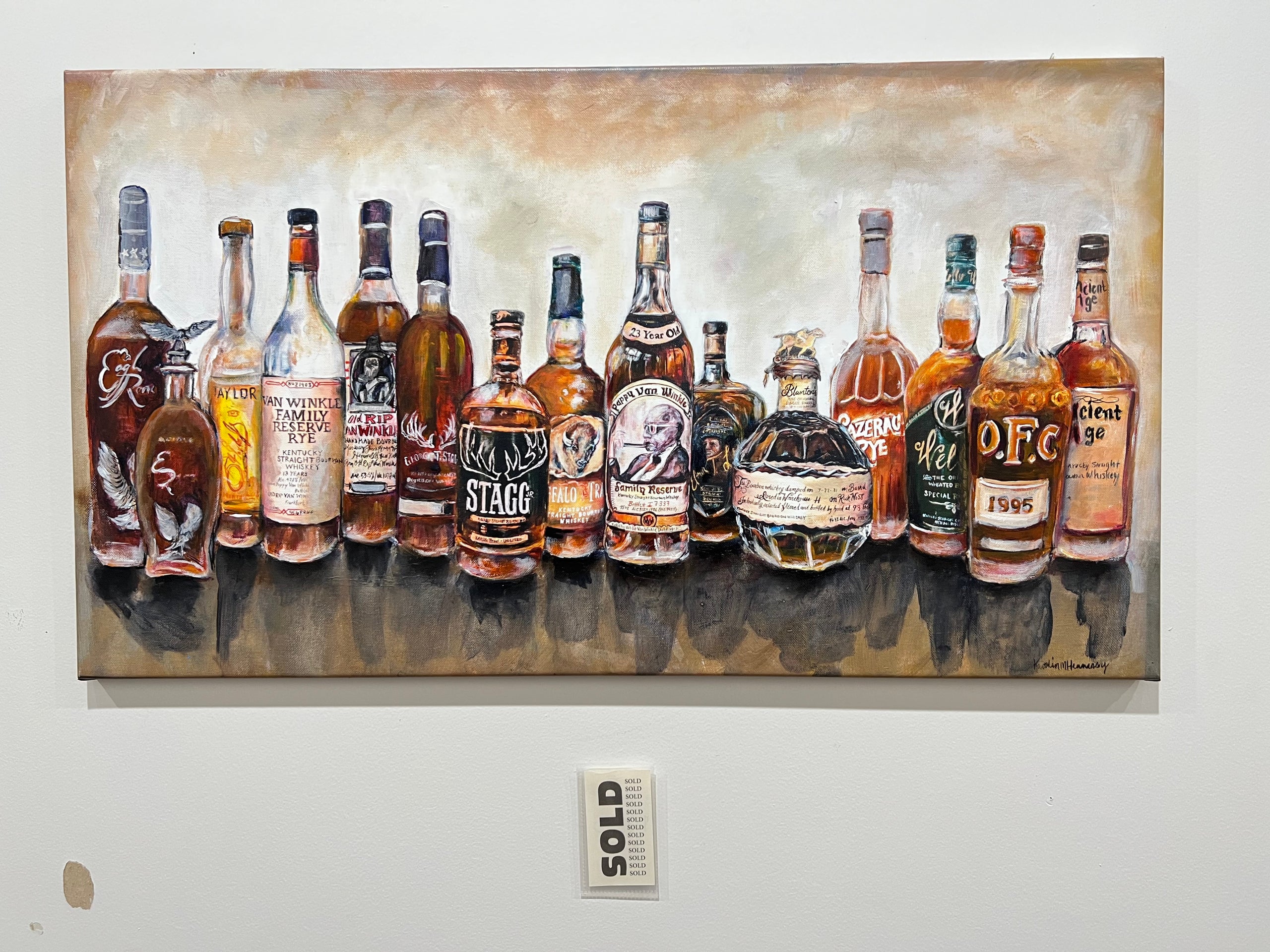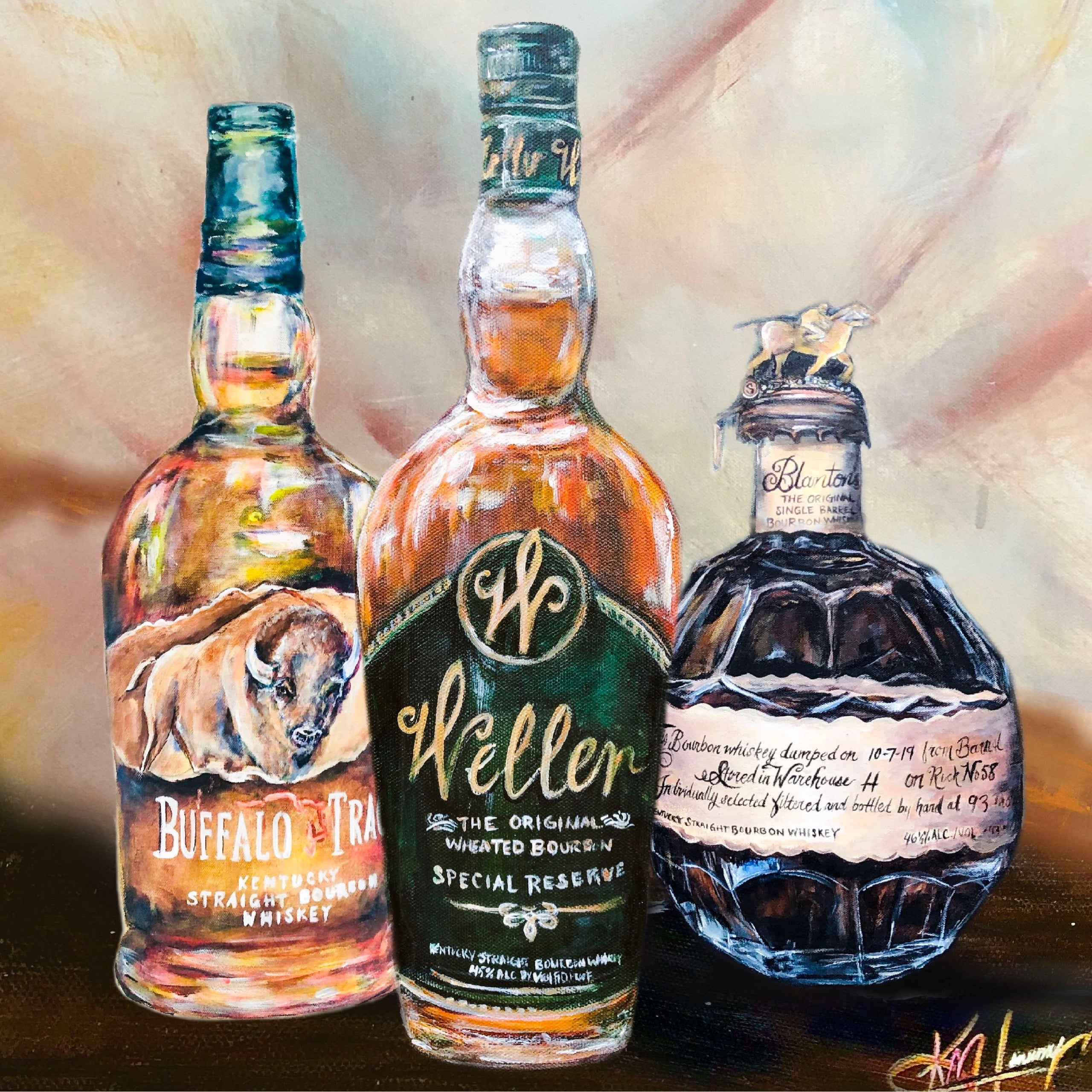Change Your Space with Sensational Whiskey Art Inspired by Nature
Change Your Space with Sensational Whiskey Art Inspired by Nature
Blog Article
The Significance of Whiskey Art in Celebrating Heritage and Craftsmanship in the Beverage Industry
The elaborate partnership in between bourbon art and the celebration of heritage and craftsmanship within the beverage sector can not be overstated. With attentively created containers and labels, scotch brand names encapsulate their historical roots and the artisanal skills that define their production methods. This artistic measurement not only boosts market charm however also acts as an avenue for social storytelling, promoting a much deeper link in between the craft and the consumer. As we discover the various facets of this subject, intriguing questions concerning the impact of modern-day fads on typical techniques emerge, motivating further evaluation.
The Historical Origins of Whiskey
At the heart of whiskey's attraction lies a rich tapestry of historical origins that map back to ancient civilizations. The beginnings of scotch can be linked to the purification methods of the Sumerians and Babylonians around 2000 BCE, where very early forms of fermented grain drinks began to arise. It was in the Center Ages that the art of distillation developed significantly, particularly in Ireland and Scotland, leading to the production of scotch as we recognize it today.
The term "whiskey" itself originates from the Gaelic word "uisce beatha," implying "water of life." This phrase emphasizes the cultural importance of scotch in Celtic societies, where it was commonly connected with routines, parties, and common bonding. By the 15th century, purification ended up being an acknowledged craft within reclusive areas, paving the way for the establishment of legal distilleries.
As profession routes increased, scotch's appeal expanded, transcending regional borders and catching the interest of connoisseurs worldwide. Realism Art. This historical journey reflects not only the craftsmanship behind scotch manufacturing yet also its indispensable duty in social and social contexts, marking it as a significant beverage throughout background
Artistic Expression in Branding
Scotch branding stands as a compelling crossway of virtuosity and commerce, where visual identification plays a critical duty in forming consumer understanding. The looks of whiskey labels, packaging, and advertising and marketing materials show not just the brand's story however additionally its core worths and heritage. With artistic expression, distilleries communicate a narrative that reverberates with customers, stimulating feelings and triggering links.
Making use of shade, typography, and images in branding offers to differentiate products in a saturated market. For instance, traditional motifs might evoke a sense of credibility and workmanship, while modern designs can represent technology and forward-thinking. This tactical imaginative direction boosts brand acknowledgment and loyalty, permitting consumers to build a personal partnership with the whiskey they choose.
Furthermore, imaginative expression in branding typically works as a celebration of regional heritage. Distilleries frequently include neighborhood signs or historic references into their designs, producing a local color that welcomes customers to engage in a more comprehensive cultural experience. Ultimately, the creativity behind scotch branding not only enhances aesthetic appeal but also enriches the total story of the brand, fostering a much deeper recognition for the workmanship and heritage ingrained in each container.
Craftsmanship in Container Layout
The creativity apparent in scotch branding prolongs beyond visual identity to encompass the workmanship associated with bottle style. Each container functions as a vessel not just for the spirit within, but additionally for the tale it outlines its practice, top quality, and beginning. The style procedure needs careful focus to information, as elements such as closure, form, and material add considerably to the overall perception of the whiskey.
Workmanship in container design includes picking top quality glass that can boost the bourbon's shade and clearness, while likewise supplying a tactile experience for the customer. The shape of the container have to be both aesthetically appealing and functional, usually reflecting the heritage of the brand. Numerous distilleries decide for distinct forms or printed logo designs that stimulate a feeling of authenticity and history.
Furthermore, the tag design and typography play an important role in interacting the brand's story. Whiskey Art. A well-crafted container not only captivates the consumer's eye but additionally enhances the brand name's dedication to top quality and custom. This way, the craftsmanship of bottle design ends up being an important element of the bourbon experience, merging virtuosity with an extensive regard for heritage
Cultural Significance of Whiskey Art
Celebrating custom and craftsmanship, the cultural importance of scotch art transcends plain looks, linking with the social and historical stories of the areas from which it originates. Each bottle offers as a canvas, portraying the unique tales, folklore, and practices that have actually shaped regional whiskey-making methods. The complex styles frequently reflect the heritage of the distillers, including symbols and themes that resonate with the society and values of their neighborhoods.

On top of that, whiskey art plays a crucial duty in common events and celebrations, acting as a substantial link between people and their shared experiences. By appreciating the virtuosity in bourbon product packaging, consumers grow a much deeper understanding official statement and respect for the craft, ultimately improving their satisfaction of the beverage itself.
Modern Trends in Bourbon Presentation
In recent times, the discussion of whiskey has actually developed to show modern preferences and patterns while still recognizing traditional craftsmanship - Realism Art. Distilleries are significantly concentrating on visual elements that boost the general drinking experience, connecting the space between heritage and modernity
Ingenious bottle designs have actually emerged, usually integrating sustainable products and imaginative tags that tell compelling tales. Numerous brands currently collaborate with regional musicians, instilling their items with distinct aesthetic expressions that resonate with consumers. In addition, limited-edition launches are typically packaged in collectible containers, including worth and charm for lovers.

Final Thought
In final thought, bourbon art serves as an important channel for expressing the heritage and craftsmanship intrinsic in the beverage industry. Via detailed branding, ingenious container designs, and culturally significant artistic aspects, scotch brands successfully recognize their practices and attach with consumers.

Workmanship in bottle style involves choosing top notch glass that can improve the scotch's color and clearness, while additionally supplying a tactile experience for the customer. In this way, the workmanship of container style becomes an important aspect of the scotch experience, merging creativity with a profound regard for heritage.
In verdict, bourbon see page art offers as a crucial avenue for revealing the heritage and workmanship intrinsic in the beverage market.
Report this page